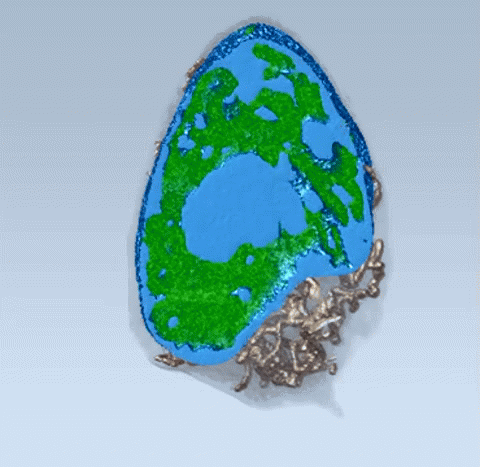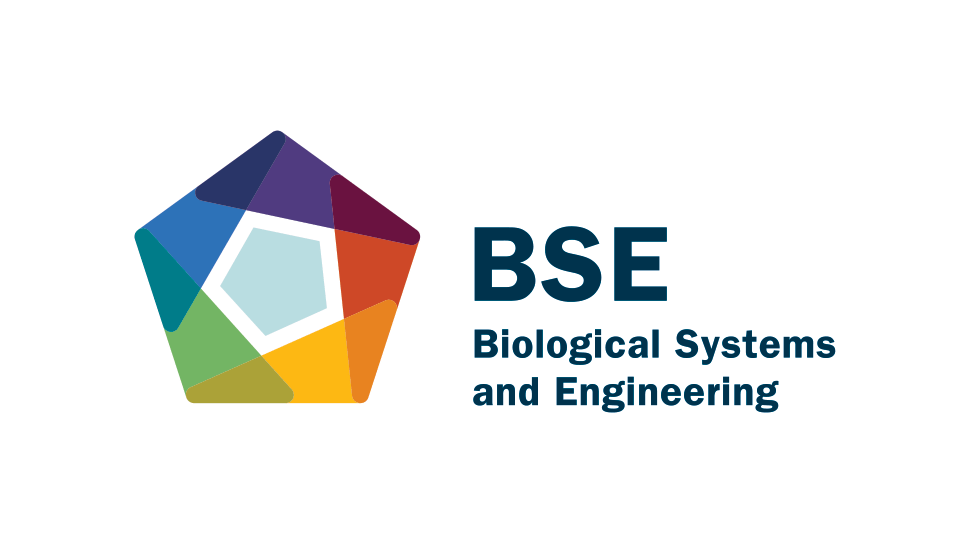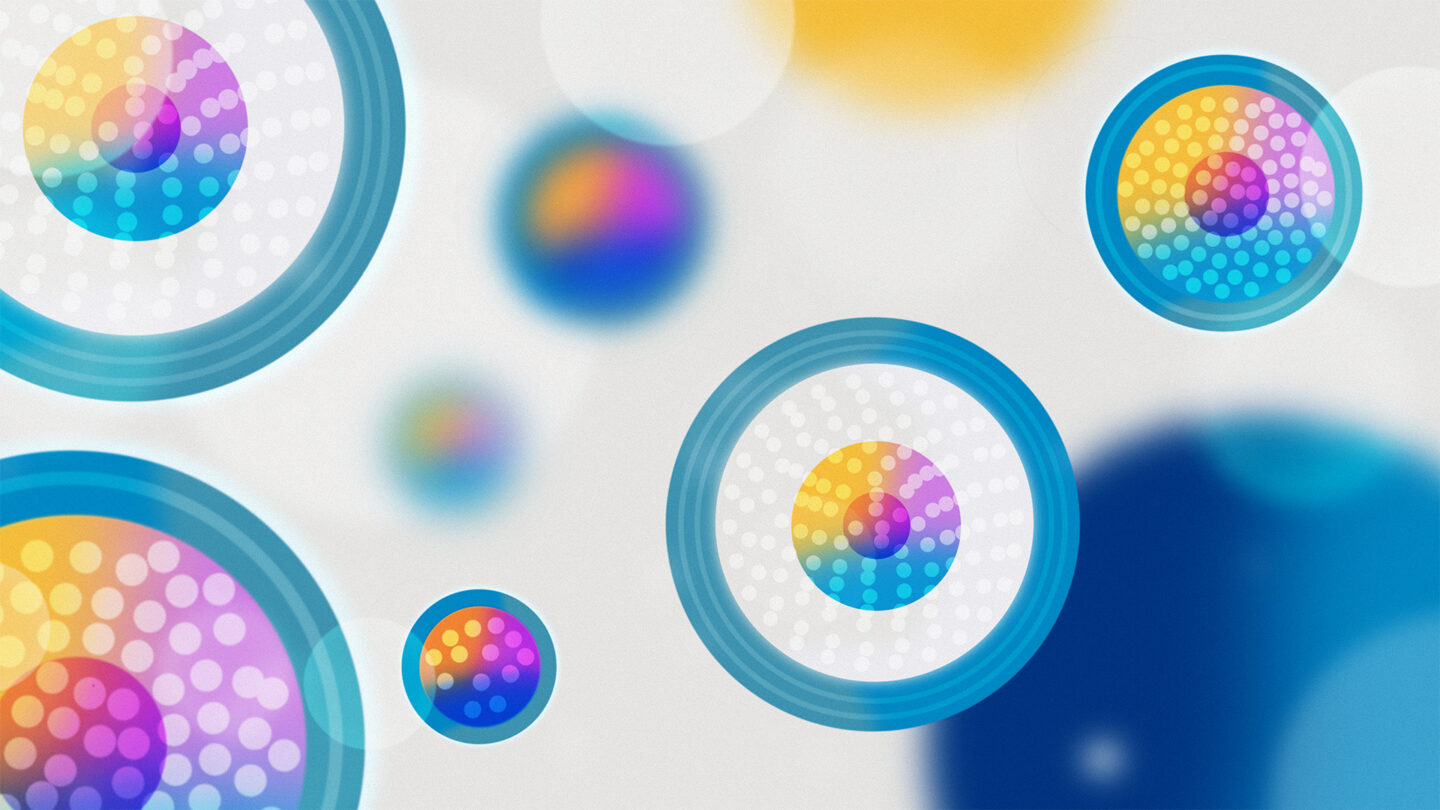
some more text
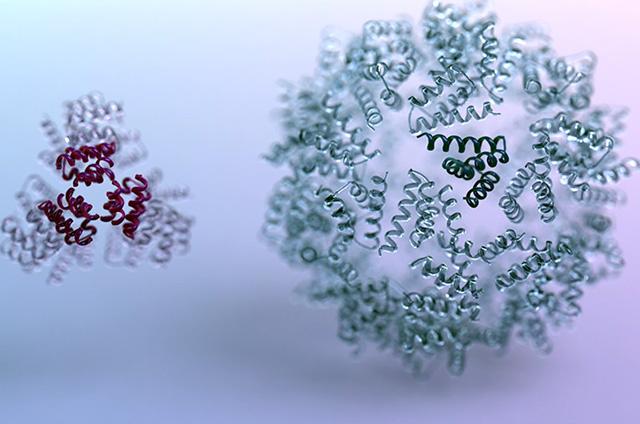
some more text
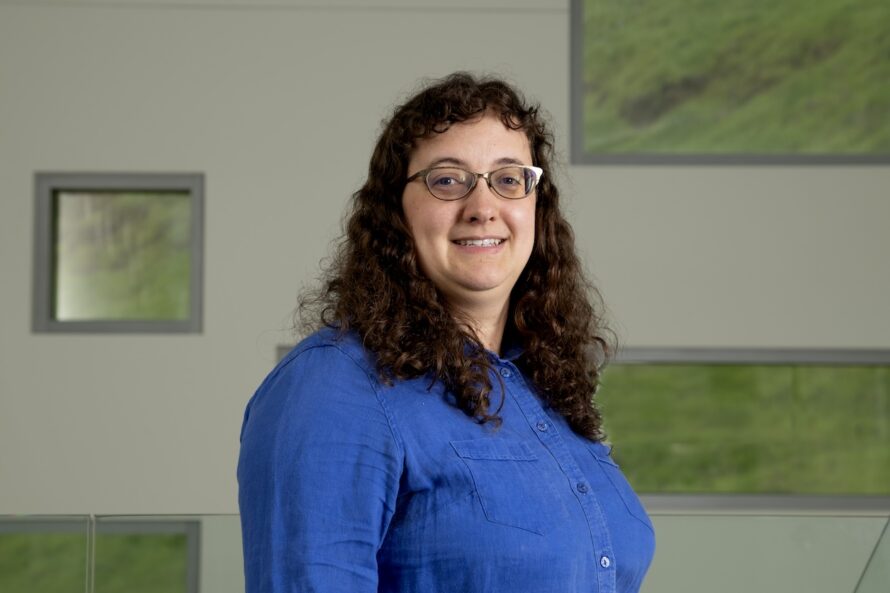
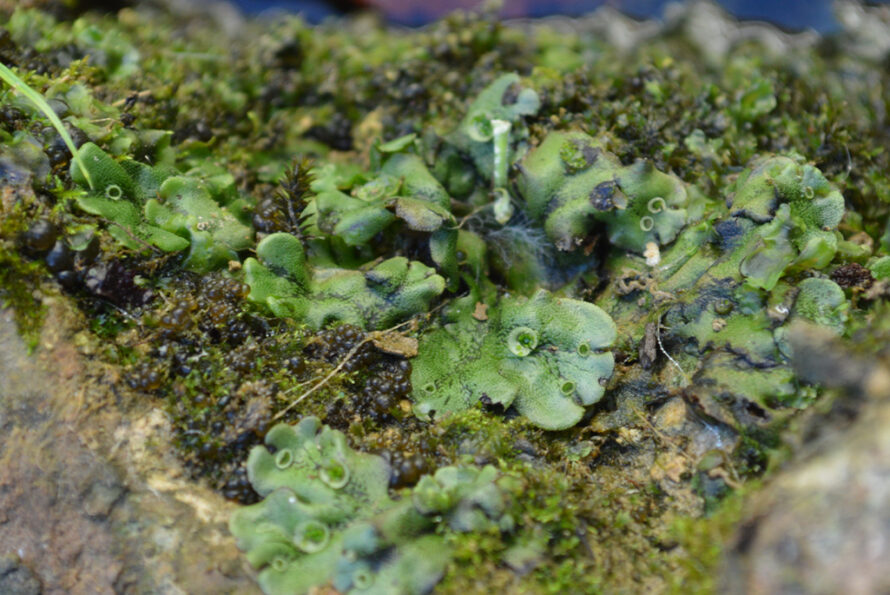
-
New Cas9-based Toolkit Eases Obstacles in Genetic Engineering
JBEI develops new synthetic biology tools for engineering Saccharomyces cerevisiae Pioneering work has been led by the U.S. Department of Energy’s Joint BioEnergy Institute (JBEI) to engineer microbes to transform plant derived starting materials into energy-rich biofuels. But despite the progress in genomics and synthetic biology for the optimization of biofuel production in engineered microbes, microbial engineering methods remain slow and laborious. Such is the case of the fungal host, Saccharomyces cerevisiae. The yeast S. cerevisiae has proven to be an excellent organism for commercial-scale production of biological molecules, though its strain development remains painstakingly slow due to difficulties related…
Read the article -
ABPDU Featured on The Digest
On December 14, The Digest, a bioeconomy daily, featured the ABPDU (Berkeley Lab’s Advanced Biofuels Process Demonstration Unit) with an article on how the pilot has become a leader in the advanced bioeconomy. The feature article talks about the ABPDU’s capabilities and the many companies it has worked with since 2012 when it was first established. Read more on The Digest.
Read the article -
Berkeley Innovator Named Fellow of National Academy of Inventors
Amy Herr, faculty scientist in Biological Systems and Engineering, was among 175 inductees announced by the Academy on December 13. Election is a “distinction accorded to academic inventors who have demonstrated a prolific spirit of innovation in creating or facilitating outstanding inventions that have made a tangible impact on quality of life, economic development and the welfare of society.” Herr is renowned for innovative engineering analysis of complex biological systems, with an emphasis on analytical tools and diagnostics. Read more at BerkeleyNews.
Read the article -
Social Media Feature Highlights 7 Lab Imaging Tools Pushing Science Forward
Lab scientists are developing new ways to see the unseen. Seven imaging advances, including two from the Biosciences Area, are helping to push science forward, from developing better batteries to peering inside cells to exploring the nature of the universe. The animation on the left shows a 3-D journey inside the center of cells, recently described in Cell Reports by scientists in the National Center for X-ray Tomography at the Advanced Light Source. These techniques were previously reported in the Berkeley Lab News Center and have been compiled into this listicle.
Read the article -
Finding Diamonds in the Rough
New crystallography finding by JBEI and GLBRC benefits bioenergy industry During the kraft process used to convert wood into wood pulp, the structural material lignin is partially converted into molecules like stilbene. Stilbenes are also naturally occurring in plants and some bacteria, and may play a role in plant pathogen resistance. Currently, the deconstruction of plant biomass into cellulose and lignin is an expensive process. Lignin accounts for about 30 percent of plant cell wall carbon, and its conversion into chemicals or fuels could have a significant positive impact on the economics of processing lignocellulosic biomass. Enzymes capable of producing…
Read the article


